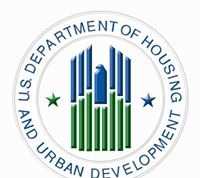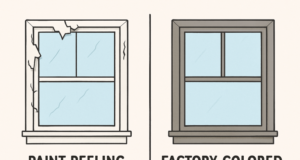Study Demonstrates LEED-ND Rating System Falls Short on Affordable Housing
Research finds fewer than half of LEED ND-certified projects include affordable housing.
CHICAGO – January 12, 2015 – (RealEstateRama) — The national Leadership in Energy and Environmental Design® for Neighborhood Development (LEED-ND) fails to encourage developers to include affordable housing in new developments. Nicola Szibbo, PhD, a planner with the City and County of Honolulu, reports her recent findings in the Winter 2016 (Vol. 82, No.1) issue of the Journal of the American Planning Association (JAPA).
In “Lessons for LEED-ND, Social Equity, and Affordable Housing,” Szibbo found that only 40 percent of LEED-ND certified projects include affordable housing. The rating system fails to deliver upon its three-leg sustainability goal of equity, economy, and environment. Since the affordable housing credit is optional, developers can forgo the credit and still achieve a LEED-ND rating.
“My research concludes that the affordable housing credit needs to be strengthened or critically reconsidered,” said Szibbo. “The existing optional affordable housing is not currently effective and offers little incentive for developers to include affordable housing.”
LEED-ND is the U.S. Green Building Council’s rating system for neighborhood developments. It is the only rating system that attempts to address issues of sustainability at the neighborhood level. However, affordable housing is worth less than three percent of the overall rating system.
The LEED-ND rating is attractive to developers as it increases a development’s marketability and is sometimes viewed as a way to fast track the approval process. Since its inception in 2007, no substantive changes or improvements in the LEED-ND affordable housing credit have been made.
Szibbo’s research included statistical evidence, survey research and structured interviews. She surveyed 114 LEED-ND Accredited Professionals (APs) and conducted 20 personal interviews with developers and other LEED-ND APs. Among her findings:
Among the 2009–2014 LEED-ND projects reviewed, 60 percent chose to ignore the specific affordable housing credit.
The survey found that 41 percent of respondents believe the existing rating does not support social equity or social sustainability.
There is opportunity for improving the LEED-ND affordable housing requirement according to 63 percent of the survey respondents.
Twenty-three percent of survey respondents want more points in the rating system for affordable housing, while 13.5 percent want the affordable housing credit to be mandatory.
From the interviews with LEED-ND APs, 59 percent believe developers are reluctant to include affordable housing in LEED-ND projects due to potential lower profits or the social stigma of low-income housing affecting marketability.
Szibbo concludes by noting that the LEED-ND process has the potential to deeply affect low-income households by offering housing that is both green and affordable, providing a higher quality of life for residents.
The quarterly Journal of the American Planning Association publishes only double-blind peer-reviewed original research and analysis. The journal has published research, commentaries and book reviews since 1935. In 2003, JAPA was recognized with a bronze award for general excellence from the Society of National Association Publications. JAPA’s 5-year Impact Factor is 2.824.
Contact
Roberta Rewers, APA, ; 312-786-6395












